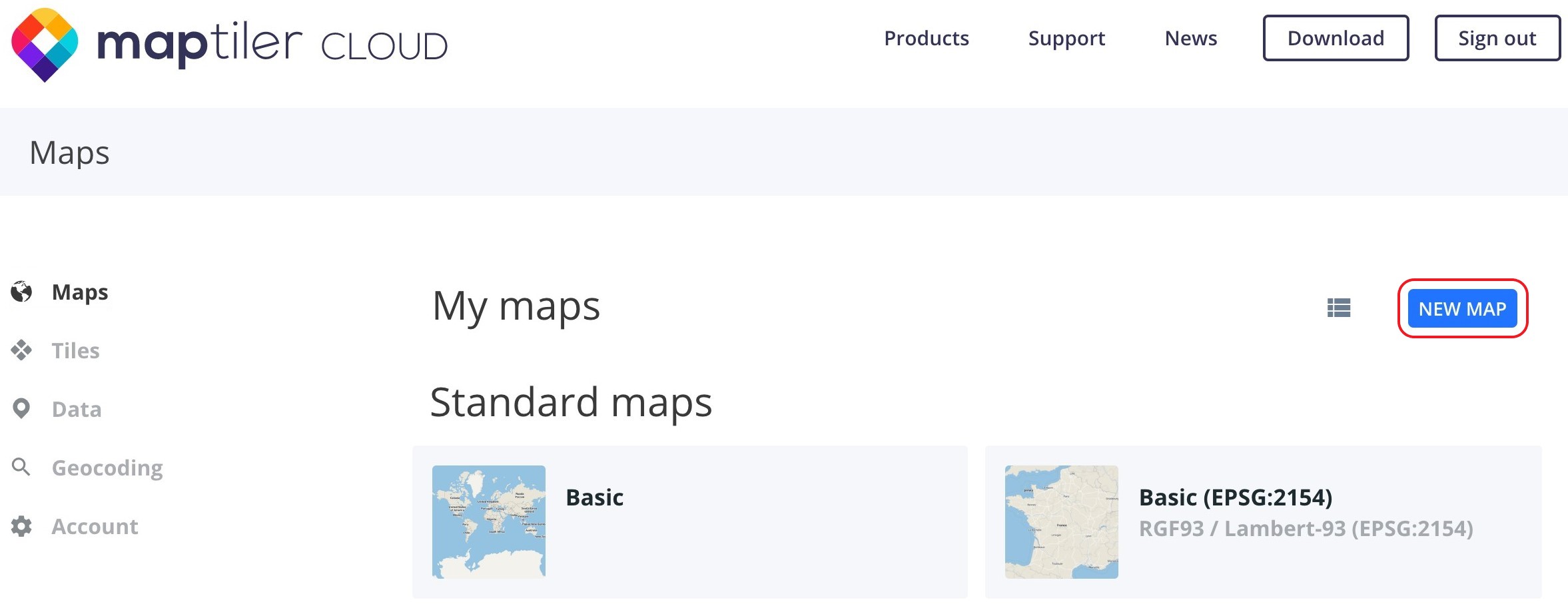

I also tried tileserver.php but nothing helps. What kind of inputs & outputs are supported MapTiler Engine supports. Select Folder with tiles and click on CHANGE next to Output. the geographical location and the input coordinate system: 5. The idea is to keep the simplicity and preserve workflows you are used to. (MapTiler Cloud, S3, Azure, etc.) Set custom watermark. Please note that we do not provide support with issues resulting from the usage of the MapTiler application - please visit for MapTiler support. Interaction redesigned from the ground-up The most visible improvement will be the brand new UI. I also tried make bgcolor black (0 0 0 ) and set nodata value (0 0 0), selected different -f options: png, png32, png24, png8, jpeg the result is the same. The new version of MapTiler Desktop will also allow preview input files before rendering. jpeg or 3 band png (png8, png24)), MapTiler adds default White background. The most popular tile profile generated with MapTiler is the Spherical Mercator. Documentation to MapTiler says, that if input files doesn't have transparency (e.g. Typical input raster geodata are aerial images, scanned paper maps, signal coverage maps, maps rendered with custom design from a desktop GIS or digital elevation model data. tiff files have the same metadata (4 bands, no compression). Some output mbtiles have both white and black background (white bg is much bigger), and some only white.

MAPTILER IMPUTS SOFTWARE
"C:\Program Files\Maptiler Pro\maptiler.exe" -f png -nodata 0 0 0 -zoom 10 18 -store mbtiles -o "outfiles.mbtiles" input_files.tifįor some reason some of the output mbtiles have transparency (when load in QGIS, I see only image, without black and\or bounding box). 2 Answers Sorted by: 1 There are two different ways that Tiles can be addressed, the TMS standard specifies that tile coordinates start at the bottom left, but in practice most software is using a coordinate system with the Y axis reversed from TMS: it starts at the top left instead of the bottom right. tiff files with transparent channel Alpha. Use on any device Display maps on the web or in GIS-based applications. Modify input data Clip, color correct, or merge multiple images together. Freedom of map hosting Host maps on a cloud, from your server, or even behind a firewall. Vector tiles support requires QGIS 3.13 or higher.

You can choose the default type of tiles by checking/unchecking Use vector tiles by default in the Account dialog window. You can choose from the contextual menu of the map and click either on Add as Raster or Add as Vector. I have MapTiler 5.0.3 pro, and hundreds of 8-bit per band. Follow an easy step-by-step guide for map tiling in a few clicks. MapTiler plugin supports loading maps via both vector and raster tiles.


 0 kommentar(er)
0 kommentar(er)
